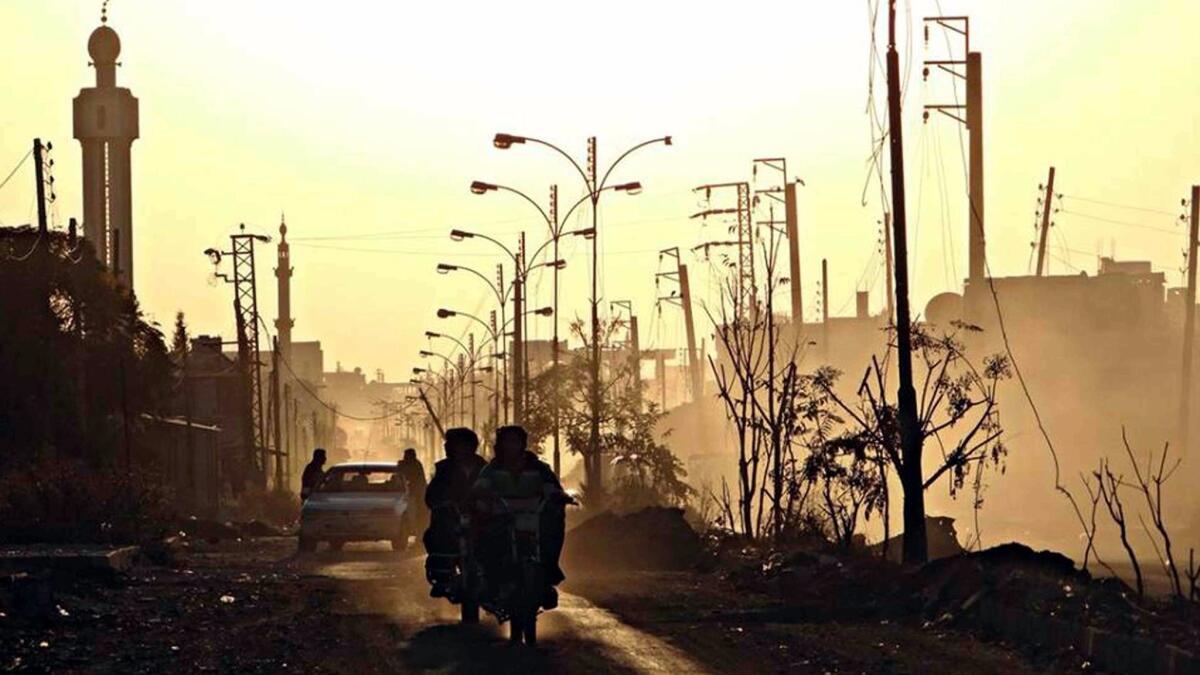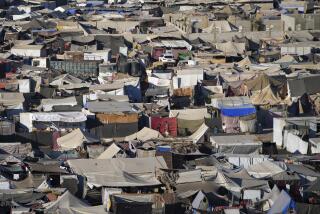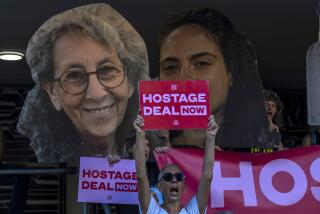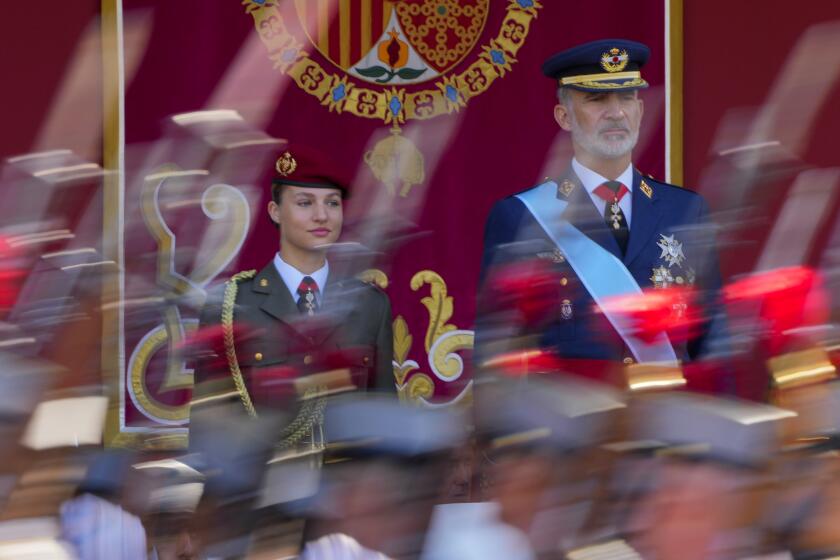Cease-fire begins in southern Syria, Trump eyes cooperation with Russia

President Trump called for expanded cooperation with Russia on Sunday, as a cease-fire brokered by the two powers and Jordan for southern Syria came into effect.
The cease-fire covering three war-torn provinces in southern Syria is the first tangible outcome following months of strategy and diplomacy between the new Trump administration and Russian President Vladimir Putin’s Moscow.
Trump tweeted that the cease-fire, which came into effect at noon Sunday, “will save lives.”
“Now it is time to move forward in working constructively with Russia!” he posted on Twitter shortly after the agreement came into effect.
A resident and opposition activist in Dara, near the Jordanian border, reported an uneasy calm hours into the truce.
“There’s still a lot of anxiety,” said Ahmad Masalmeh. “We’ve entered the cease-fire but there are no mechanisms to enforce it. That’s what concerns people.”
Six years of fighting and siege have devastated Dara, one of the first cities to see large protests against President Bashar Assad in 2011.
It remains contested by U.S.-backed rebels and Syrian government forces supported by Russia and Iran. Large swaths of the city have been reduced to rubble by government artillery and Russian air power.
The truce also covers the Quneitra and Sweida provinces, where the government and the rebels are also fighting Islamic State militants, who are not included in the agreement.
The Britain-based Syrian Observatory for Human Rights, which monitors the conflict through a network of on-the-ground activists, reported calm across the three provinces as dusk fell Sunday.
The cease-fire agreement followed weeks of secretive talks between the U.S., Russia and Jordan in Amman to address the buildup of Iranian-backed forces, in support of the Syrian government, near the Jordanian and Israeli borders.
Israel has repeatedly said it would not allow Iran, which is a close ally of the Syrian government, to set up a permanent presence in Syria. It has carried out a number of airstrikes in Syria against suspected shipments of “game-changing” weapons bound for Hezbollah in Lebanon.
It has also struck Syrian military installations on several occasions this year after shells landed inside the Israeli-controlled side of the Golan Heights.
Prime Minister Benjamin Netanyahu said Sunday that Israel would welcome a “genuine cease-fire” in southern Syria so long as it doesn’t enable Iran and its proxies to develop a military presence along the border.
The Trump administration also ordered airstrikes against the Syrian government and Iranian-backed militias, in a break with Obama administration policy. The strikes, including one on a government air base in central Syria, drew only muted responses from Moscow.
No cease-fire has lasted long in the 6-year-old Syrian war, and no mechanisms have been publicly set out to monitor or enforce this latest endeavor.
It was announced Thursday on the sidelines of the G-20 summit in Hamburg after a meeting between Trump, Putin and their top diplomats.
The Syrian government maintains it is fighting a war against terrorist groups. The Al Qaeda-linked Levant Liberation Committee is one of the most effective factions fighting alongside rebels in Dara.
ALSO
Iraqi prime minister congratulates armed forces on ‘great victory’ against Islamic State in Mosul
A helping hand for Leila: ‘I knew right then I was going to help that chimp’
One Mexican town revolts against violence and corruption. Six years in, its experiment is working
More to Read
Sign up for Essential California
The most important California stories and recommendations in your inbox every morning.
You may occasionally receive promotional content from the Los Angeles Times.










